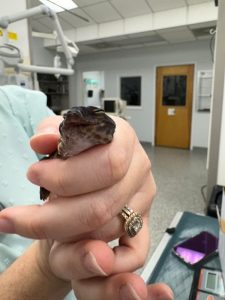The earth is filled with millions of different creatures. Among these wonders are animals that exhibit something called “morphs” – different physical forms within a single species. For example, you may have learned about the peppered moth in high school. The same moth species has two varieties – one with light colored speckled wings, and another with darker wings. As pollution darkened the trees with soot, the dark morph of the moth became more common. (Remember, now?!)
Fish also have the phenomenon of morphs, but perhaps the best known groups of morphs are found among reptiles! Lizards in particular have a very wide range of physical variation. One of the favorite species that display morphs is the leopard gecko, which have diverse colors, patterns, and sizes that result from selective breeding. These morphs range from the classic wild-type, characterized by its yellow body and black spots, to more exotic varieties such as the albino. There are tangerine colored leopard geckos, and intricately patterned jungle geckos. Each morph presents unique qualities, making leopard geckos popular among reptile enthusiasts.
(One of our patients is a black night leopard gecko named Lewis, and we’ll highlight him in our next post!)
In insects, fish, and reptiles, the existence of morphs shows us how complex and adaptable life on our planet is. It shows how species change to live in different areas and survive in our changing environment of Earth.







